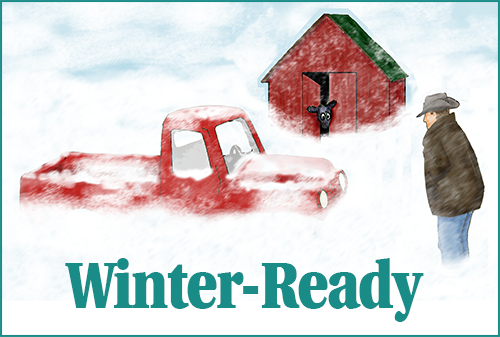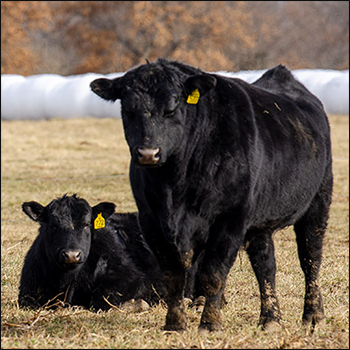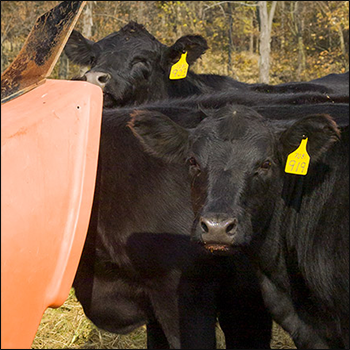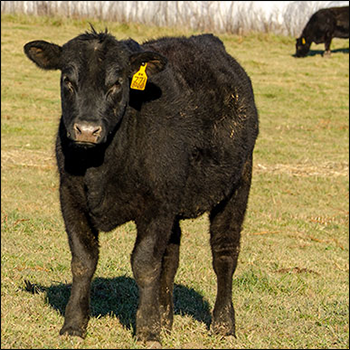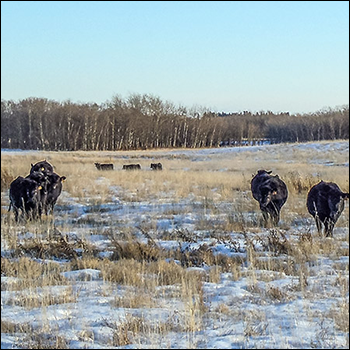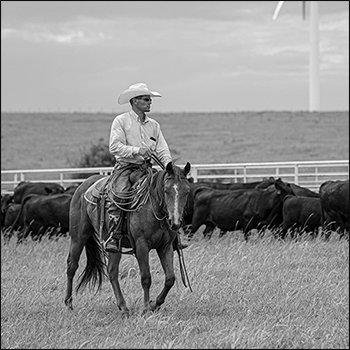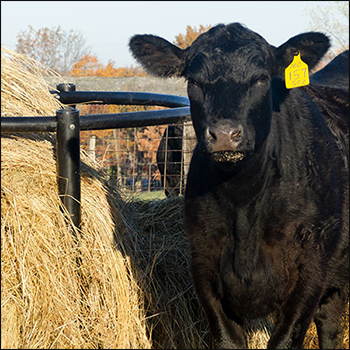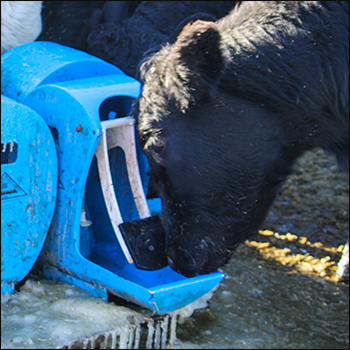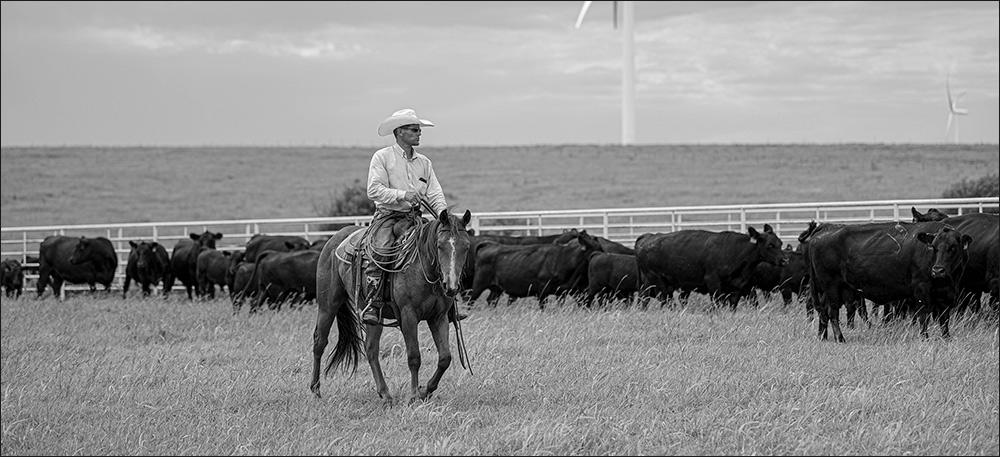
How to Make Crucial Decisions
Identify essential decision-making information.
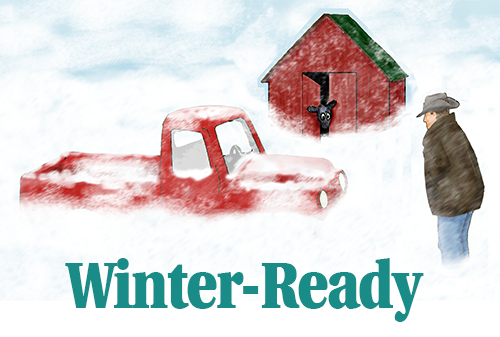
Deciding which bull to buy is not a real hard decision for a ranch manager. Neither is choosing between a 20% or a 38% protein cube. Those choices are not as hard as deciding whether an ongoing drought requires cutting herd numbers by 20% or 50%. According to Stan Bevers, with Texas A&M University’s King Ranch Institute for Ranch Management, the implications of a destocking decision would be much more far-reaching.
During the 2021 Cattle Industry Convention in Nashville, Tenn., Bevers conducted a Cattlemen’s College® session addressing the kinds of information managers of cattle operations need to tackle the hard decisions. According to Bevers, good management information includes livestock records, a business asset inventory with a depreciation schedule, and financial accounting records. Bevers said managers also must weigh decisions by considering effects on inventory, cash flow, net income (profitability) and ranch net worth.
“These decisions kick us out of our comfort zones, but they can also threaten ranch survival,” stated Bevers.
Stressing the importance of having accurate inventories and detailed expense and revenue accounting, Bevers said a ranch’s annual financial analysis should be focused on the “three P’s:”
- Position, which refers to the total resources controlled by a ranch business and total claims against those resources. Financial position gives an indication of the business’s ability to withstand risk.
- Performance, or the ranch business’s track record, is the analysis of the results of operating and financial decisions made over time.
- Projection, which considers whether the business is advancing toward its mission for the next three years.
Bevers also emphasized the need to use an appropriate system of accounting. Many ranches use a system that satisfies the needs of the Internal Revenue Service. In his opinion, however, it seldom reflects the financial stability of a ranching operation.
“Tax accounting does not give a clear idea of profitability,” stated Bevers. “Ranch businesses should use managerial accounting instead.”
Bevers said the collection and use of information necessary to good decision-making is often hampered by a lack of communication among participants in a ranching operation. Communication may not flow between hired labor and management, across generations involved in the operation, or among members of the same generation.
“Failure to communicate always complicates the process,” said Bevers.
Editor’s note: Troy Smith is a cattleman and freelance writer from Sargent, Neb. Photo by Austin Woodrow, 2021 NJAA/Angus Journal Photo Contest.
